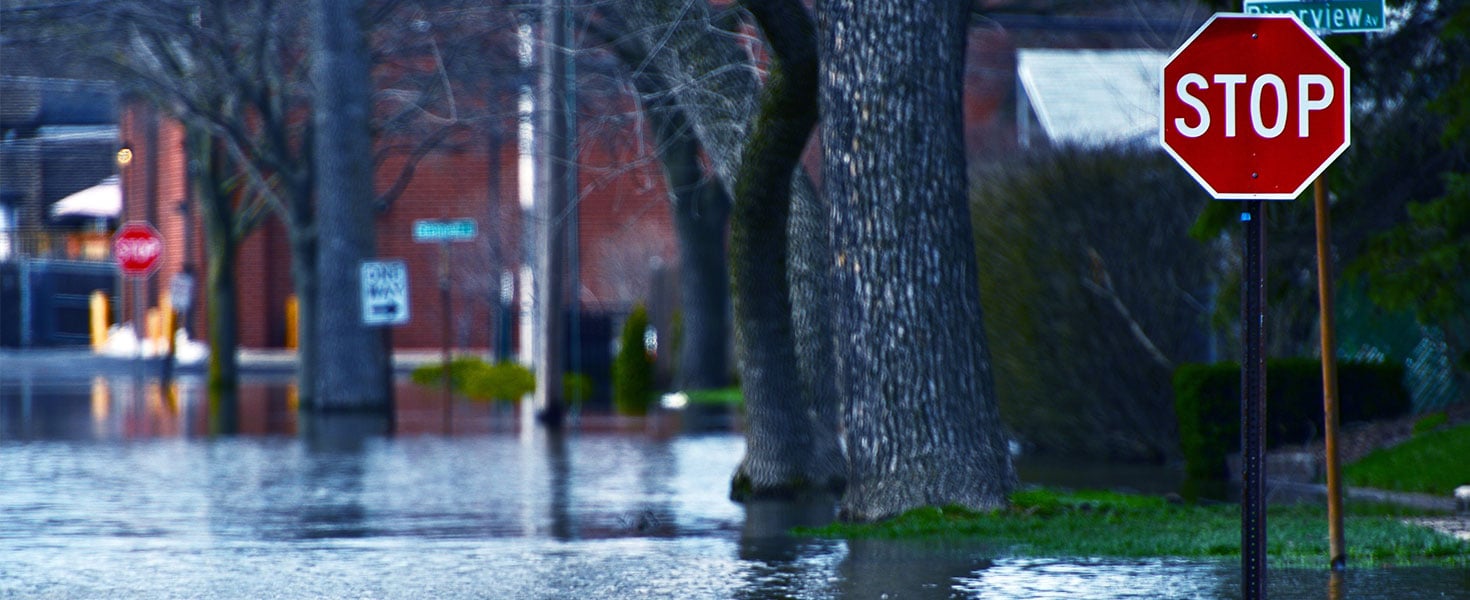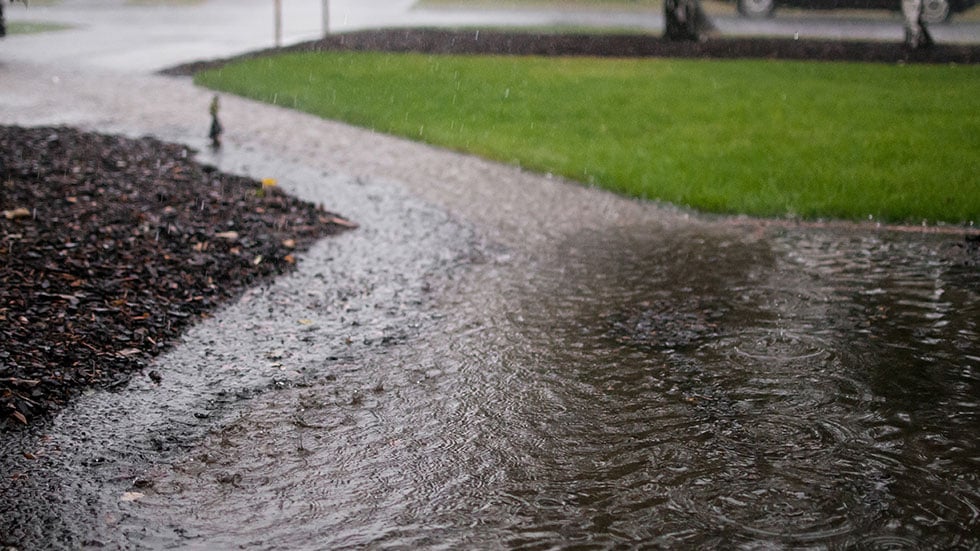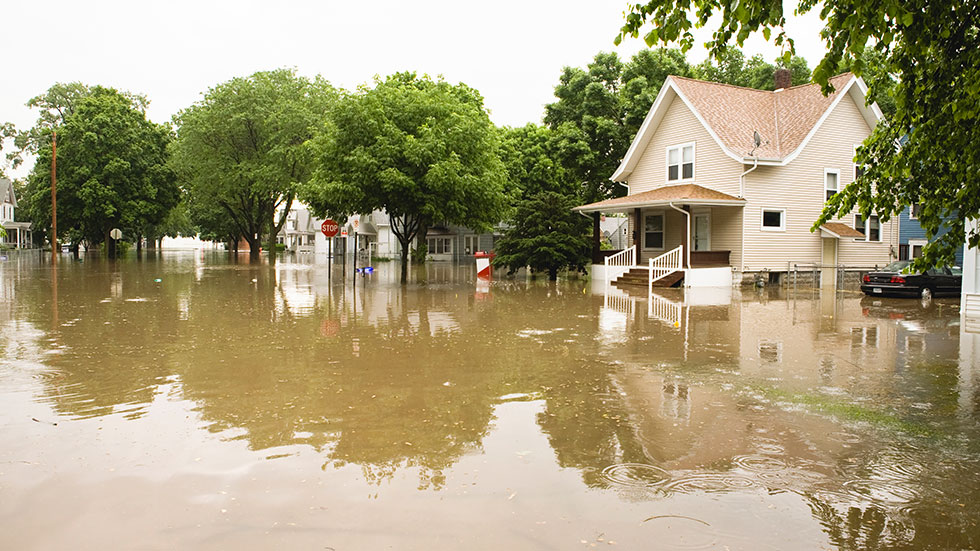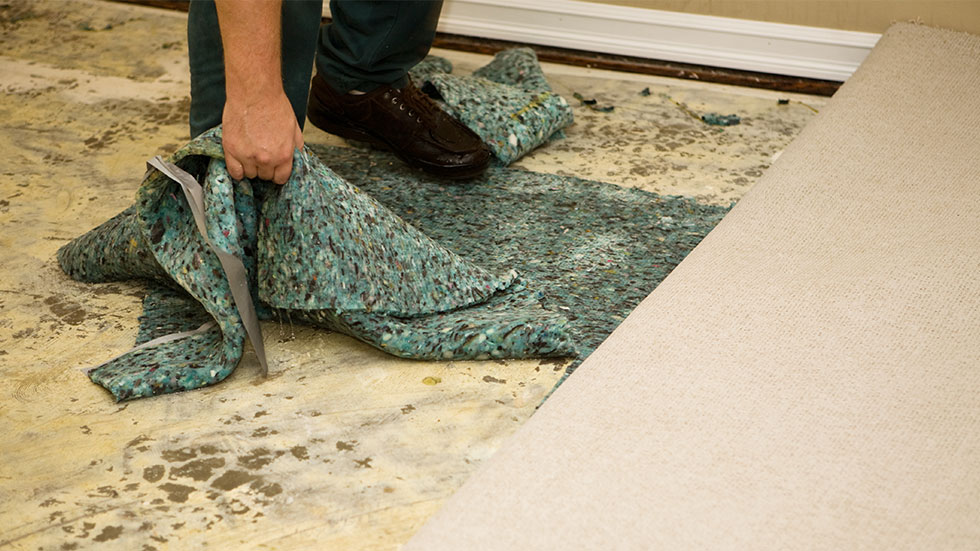What the FEMA Flood Safety & Risk Rating Means to Me
Understanding flood risk, insurance changes, and protecting your home


Floods can happen anywhere, and the damage they inflict can cost thousands of dollars in repairs. Most homeowners insurance doesn’t cover flood damage, so a separate flood insurance policy must be purchased to cover buildings, contents in a building, or both.
The Federal Emergency Management Agency, FEMA, recently updated the National Flood Insurance Program’s (NFIP) risk rating methodology through implementation of a new pricing methodology called Risk Rating 2.0. This change is meant to help the public better understand their flood risk and get more unique and accurate rates for flood insurance.
Here is what you need to know about the 2.0 scale, what has changed, who is most impacted by these changes, and how to protect your home from flooding.

WHAT IS RISK RATING 2.0?
The primary reason for Risk Rating 2.0 is to allow FEMA to set flood insurance rates that are more fair, and ensure rate increases and decreases are equitable across policyholders. FEMA now has better tools to address rating disparities by incorporating more flood risk variables including:
- Flood frequency
- Flood types (such as river overflow, storm surge, coastal erosion, and heavy rainfall)
- Distance to a water source
- Property characteristics, such as elevation and cost to rebuild
Risk Rating 2.0 helps FEMA deliver rates that more accurately reflect flood risk. Currently, some policyholders are paying more than they should be while others are paying less. Risk Rating 2.0 helps distribute premiums across policyholders based on the home value and unique flood risk.
WHO IS IMPACTED BY RISK RATING 2.0?
According to FEMA, many will see changes as a result of Risk Rating 2.0:
- 23% of current policyholders will see immediate premium decreases.
- An additional 66% of current policyholders will see, on average, a $0-$10 per month increase.
- 7% of current policyholders will see, on average, a $10-$20 per month increase.
- 4% of current policyholders will see, on average, a $20 or more per month increase.
FEMA has created detailed reports on all states and territories, including the Risk Rating 2.0 transformation. You can also use FEMA’s interactive map which shows projected premium increases by state.
WHEN DOES RISK RATING 2.0 TAKE EFFECT?
New policies that began October 1, 2021 or later are subject to the new rating methodology from Risk Rating 2.0. Existing policyholders eligible for renewal can also take advantage of premium decreases immediately.
All remaining policies that renew on or after April 1, 2022, are subject to the new rating.

SHOULD I RE-EVALUATE MY FLOOD INSURANCE POLICY?
Ideally, through Risk Rating 2.0, flood insurance rates are easier to understand and better reflect a property’s unique flood risk. Because rates are unique, policyholders can get a better picture of their risk and cost of insuring their home.When your policy renews, it will renew under the new Risk Rating 2.0 methodology.
All policyholders are encouraged to confirm their policy application data, or prior policy information, with their insurance agent.
They should also ask about updating coverage amounts and adjusting deductibles.In some cases, the NFIP may contact insurance agents for additional rating information required to quote a renewal premium.

IS MY PROPERTY AT RISK FOR FLOODING?
Just because you don’t live near a body of water doesn’t mean your home isn’t susceptible to flooding. River and coastal flooding are the two most common types, but heavy rains, poor drainage, and even nearby construction projects can increase your risk for flood damage.
Flood maps show how likely it is for an area to flood. Places with a 1% chance or higher are considered to be at high risk for floods, as those areas have a 25% chance of flooding during a 30-year mortgage. You can use FEMA’s flood maps to find your home’s risk.
You can also use tools like FloodFactor to find your home’s flood factor based on past floods, current risks, and future projections. Enter your address to learn about your home and community’s flood risk.

HOW TO PROTECT YOUR HOME AGAINST FLOODS
Some of the best ways to protect your home against floods include:
- Inside the Home
- Document all of your belongings to help with the insurance claims process, if necessary. Consider taking photos or doing a video walkthrough of your home.
- Get flood insurance for your home and its contents.
- Store valuables and documents in waterproof or water-resistant containers and keep them elevated.
- Make sure mechanical units, furnaces, water heaters, electrical systems, and other utilities are elevated or floodproofed.
- Floodproof your basement and seal walls with waterproofing compounds.
- Install a sump pump.
- Install flood vents in foundation walls, garages, and other enclosed areas.
- Outside the Home
- Depending on where you live, consider elevating your home.
- Secure yard items.
- Check caulking around windows and doors, and fill holes or gaps around pipes and wires that enter your home.
- Build homes, garages, sheds, or other buildings away from river channels and shorelines.
- Make sure your yard slopes away from your home and that water has a place to drain.
- Clean gutters, assess drainage issues, or collect water in rain barrels.
- Add water-resistant exterior sheathing to walls, and seal them to prevent shallow flooding.
